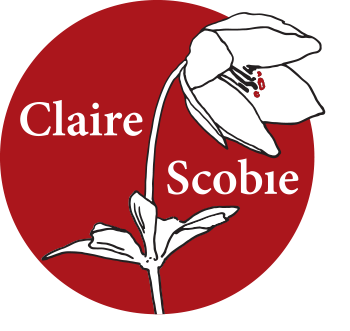29 Dec Last seen … creating characters
 For anyone who travels, it’s not just the places we visit that make an impression; it’s the people we meet. And when we read travel narratives, it’s the characters who touch us, who stay with us after we’ve put down the book. They broaden our own sense of humanity.
For anyone who travels, it’s not just the places we visit that make an impression; it’s the people we meet. And when we read travel narratives, it’s the characters who touch us, who stay with us after we’ve put down the book. They broaden our own sense of humanity.
But how to make a person alive through words on a page?
The best way, like with most techniques, is practice. Don’t wait to have an assignment, make it a habit in your daily life. Next time you’re on the train or having a coffee, scribble a few words about the people around you (surreptitiously is good so you don’t look like you’re sleuthing.)
Write a paragraph about someone you can observe for 10 minutes—only using observations—and then whittle that down to two lines, one line, and then three words to describe the person. This is about all you will have space for in an 800-word travel article. Try the same exercise, but this time talk to a person (a stranger or someone you don’t know well) and see how dialogue gives you extra dimension when describing someone.
Start with the basics: hair colour, eye colour, facial features, clothes.
From the exterior, work inwards. Look for any particular gesture or anything striking about the person that will be a focus. For a minor character—a waiter, a fellow traveller—who you will introduce only once, one key detail is enough. Ideally this will reflect a deeper aspect of the person rather than just a physical trait. It could also be their voice.
A scrap of conversation can illuminate a person better than a wordy physical description.
In the book, Driving Over Lemons: An Optimist in Andalucia, Chris Stewart introduces Maria as ‘a wizened wisp of a woman’.
Sunday Times travel writer, Chris Haslam, in his article ‘Trailfinder’, cleverly builds up the character of the outback guide, Sab Lord, so by the time we ‘meet’ him, we’ve already journeyed across the outback.
‘I’ve already heard a lot about Lord: from Darwin through 200 miles of wilderness to the gates of the Kakadu National Park, waitresses, petrol‐pump attendants and the men who scratch a living from the region’s controversial uranium mines were in agreement that the man is something of a myth. He’s also the spitting image of Ray Winstone—only tougher‐looking—dressed in khaki shorts, snake gaiters and a slouch hat.’
In a few brush‐strokes, Haslam paints a picture of Lord and in the last sentence gives a ‘thumbnail’ description of the man.
I was asked recently why we need these sorts of details. Why show a man wringing his hands? Why not just say he’s nervous?
By showing, we are not telling: we are letting the reader imagine.
